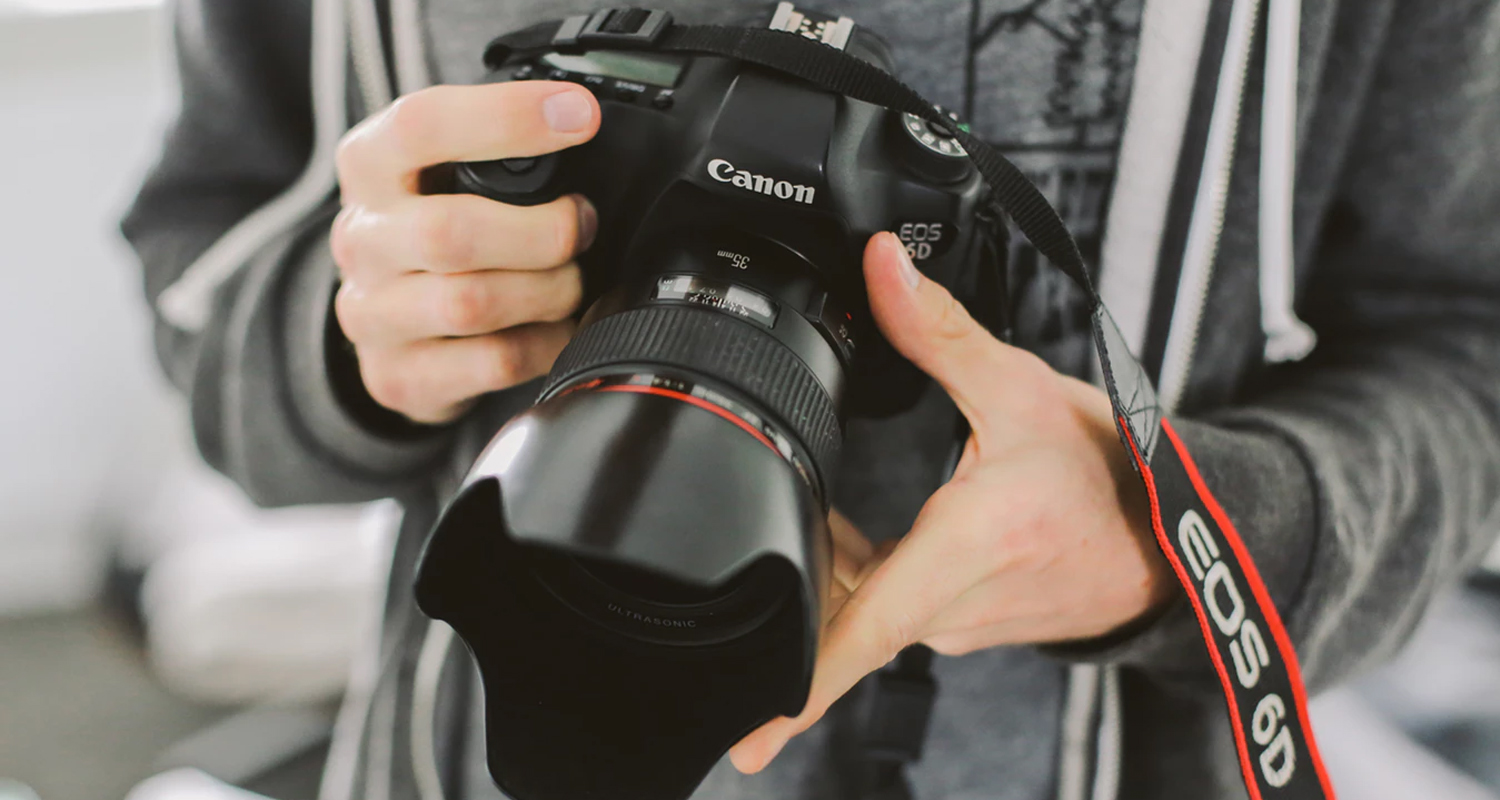At Pixc, we always underscore the importance of having retail-ready photos on your ecommerce store. We cannot overstate the impact of product images on your company’s bottom line, especially if your store exists solely online.
And not to sound like a broken record, but good product photography leads to increased store engagement, sales conversions, and customer lifetime value.
But just as it is essential to have high-quality product images across your website and social media channels, it’s also vital that you have on-brand photos.
Your branding should be incorporated into everything you do, from your logo to your marketing paraphernalia to your website design and of course, your imagery.
Branding defines your visual aesthetic and conveys your company’s personality. It’s also a way to differentiate yourself from the rest of your competitors and build brand awareness.
More often than not, people think of branding in relation to logo marks, color palettes, and taglines. But it’s more than just that. Part of creating a strong visual identity is maintaining consistent on-brand photography so your brand becomes cohesive, put-together, and unique.
When you have consistent on-brand photos, you’re increasing the chances of brand recognition and creating an emotional connection with your consumers.
Your audience should be able to name your brand immediately once they come across marketing material that is unique to you and only you. And this is important because people generally gravitate toward the brands they trust and recognize.
“On-brand photos help create consistency across your website, marketing, and social media”
Let’s do a little experiment.
Think about your store for a minute and assess the current state of your branding. If a customer sees one of your photos, will they be able to tell in a heartbeat that it belongs to your brand?
If the answer is yes, then go ahead and close this tab. Keep up the good work! But if the answer is no, your branding still needs further improvement.
Take Girlfriend Collective, for example. The athleisure brand has successfully maintained minimalism and chicness throughout its website and social media. The images are simple but not too bland.

They’re colorful but not too loud. The elements are kept to a minimum but not too plain. They have defined a unique and brand-specific style and applied it across their ecommerce ecosystem.
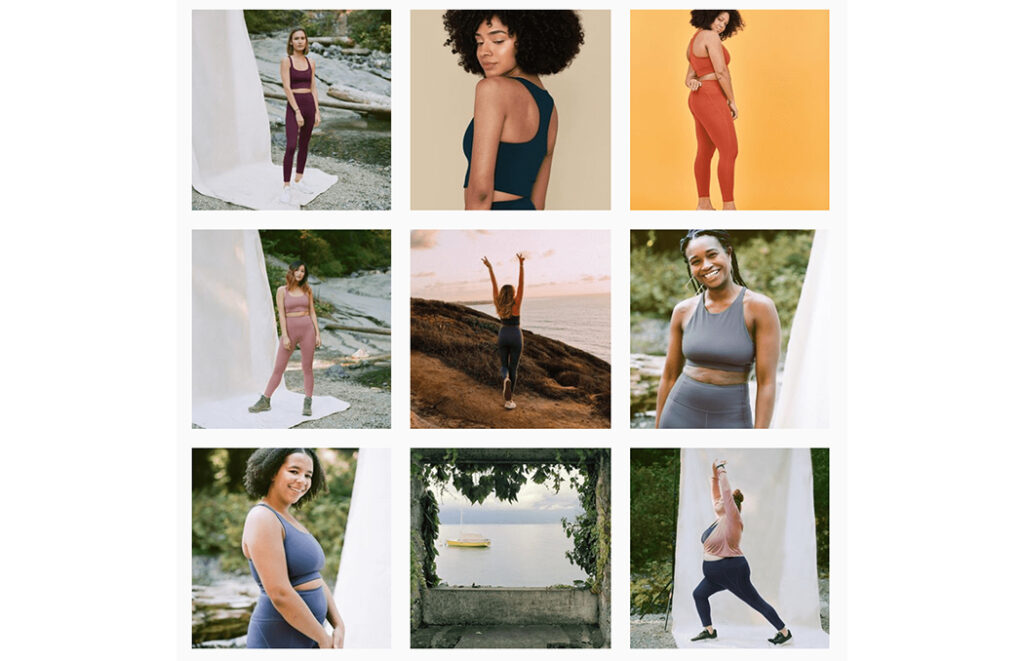
To achieve this type of visual consistency for your company, you need to create a style guide. Also referred to as a brand bible, a style guide serves as the blueprint or basis for every aspect of your company’s visual identity.
It dictates the fonts to use, colors to choose, filters to apply, mood to evoke, and more. It ensures that your brand is consistent across all channels and in every collateral you create. A style guide helps ensure that every piece of content is uniform, unique, and recognizable.
How to create a style guide for on-brand photos
Make no mistake. Building and tweaking a style guide is tough work. But the payoff is worth it in the end.
When you have created a definitive style guide, you won’t have a problem communicating with designers, photographers, and other creatives about how you want them to approach your brand. You won’t have to answer a million questions since everything has been laid out in the brand bible. You’ll get to spare yourself headaches down the road.
To create a style guide for on-brand photos, here are the essential elements you should define:
- Color Palette
Your color palette is one of the most essential facets of your brand identity. You must remain consistent across all your visuals.
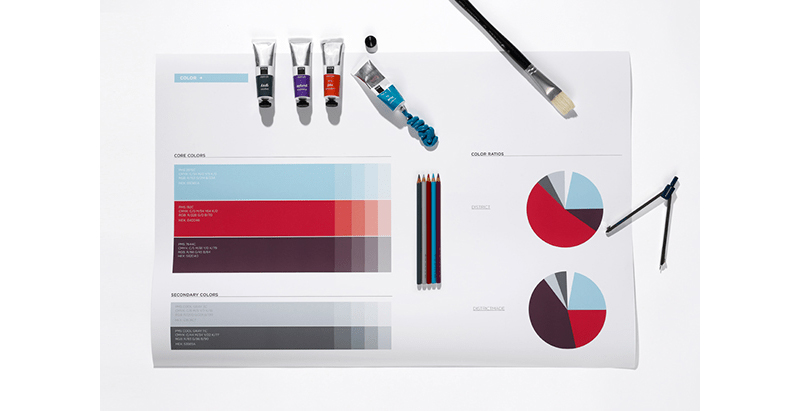
If you want to use muted colors, then you should use that all throughout. If you want a more vibrant and fun vibe, everything else should reflect that. Avoid deviating from your color palette. Every piece of content you produce should be patterned after it.
- Mood
Define what you want your customers to feel when they see your brand imagery.
Do you want them to feel excited? Happy? Somber? Do you want them to feel that they could relate to your company? Figure out the visual “feel” you want your photography to evoke and lay those out in the style guide.
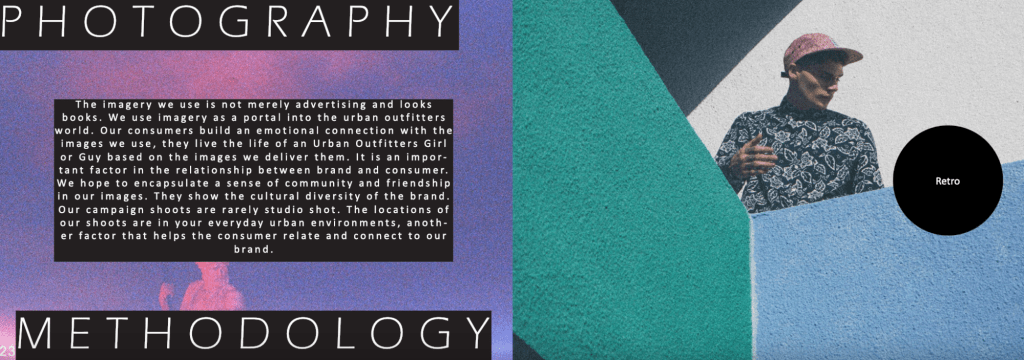
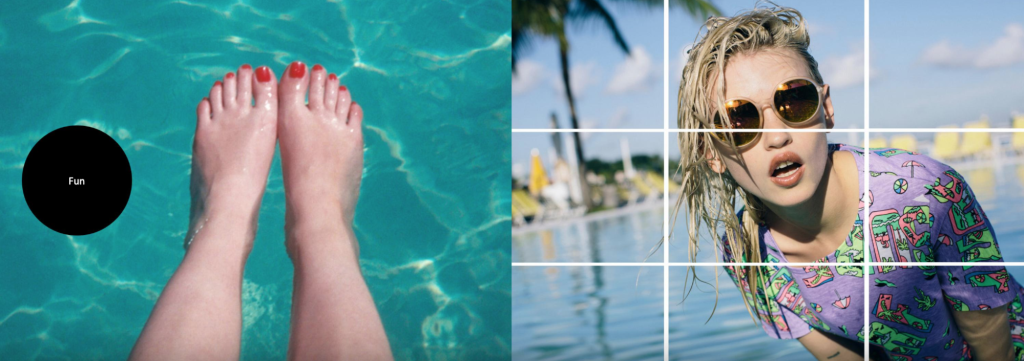
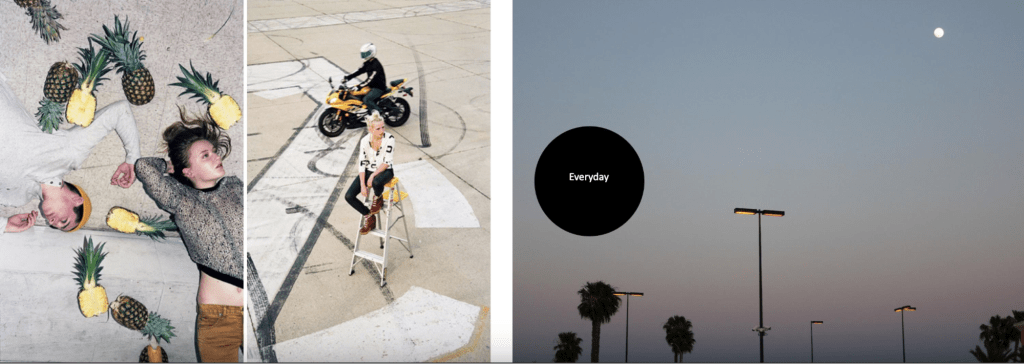
Urban Outfitters did a terrific job with its style guide. They maintained consistent photography and set the mood for their images.
- Composition
Composition refers to how you want your product to appear in a piece of content. Decide if you want to be front and center or shown subtly. Does it need to be a standalone product image at all times? Can it be placed beside a chunk of text? List down all the dos and don’ts you want everyone to follow.

- Location, Context, and People
When developing a style guide, you need to tailor it to your audience. If most of your target market are millennials, it makes sense if your photos feature their fellow millennials and have a vibrant, casual aura. On the other hand, if your audience is primarily business executives, your images should have a corporate setting and a serious vibe. The rule of thumb is your brand photography must fit your audience’s interests and tastes.
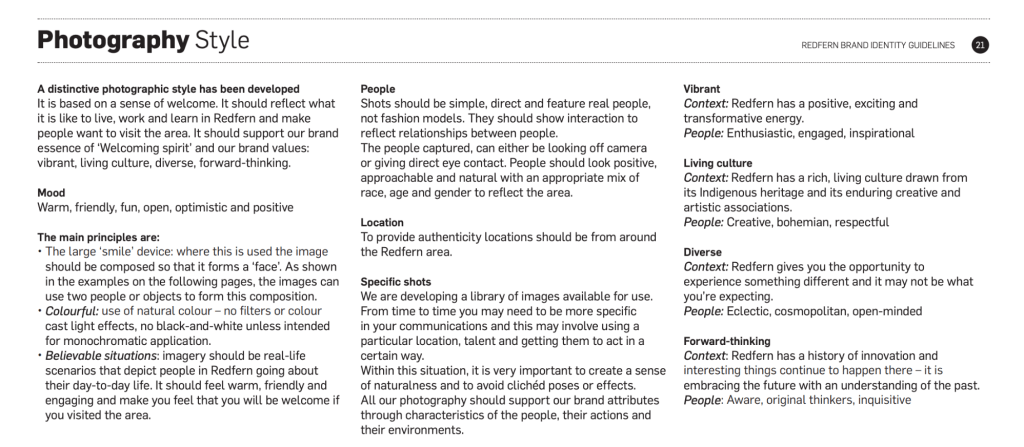
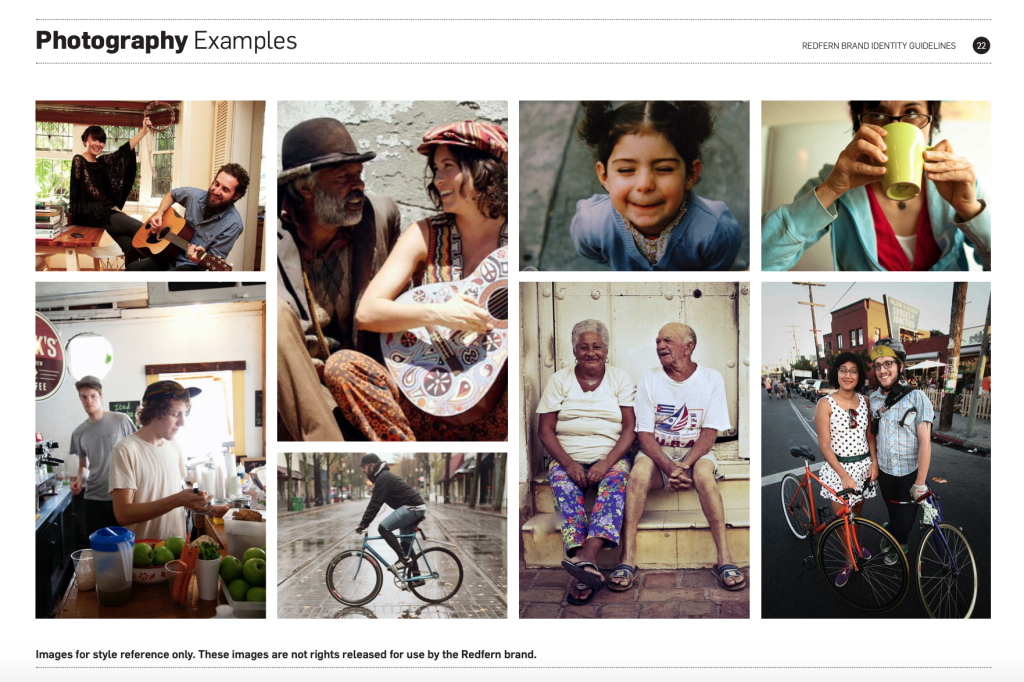
How to use your new style guide for on-brand photos
Reach out to Influencers
You can increase your chances of brand recognition if you seek the help of influencers. Since these people have huge followings, they can aid in solidifying your brand and raising brand awareness across your target audience.
Then again, it all depends on the pool of influencers you choose to work with. Granted, they typically charge a considerable amount of money to promote your brand, so you must be careful in picking the right people to represent your company. You should take it as seriously as you would hiring an employee.
Only choose influencers that are the right fit for your brand. Ideally, they should be relevant within your niche. For example, if your ecommerce store is all about health and wellness, your chosen influencer should also have a personal brand centered around that.
When assessing an influencer, ask: Is this person’s content aligned with mine? Is this someone that loves or could potentially love and advocate for my brand? Are they authentic with their messaging?
If the person ticks all those boxes, they could be a good fit. Don’t knock the power of micro and nano influencers (those with a social following fewer than 100,000). Though their audience might be smaller, they are usually more devoted and engaged.
To ensure that they add real ROI, you also have to verify that they have real followers instead of bots, have a well-engaged audience (people actually comment, share, and like their posts), and post often enough that they remain relevant to their followers.
It can be time-consuming to find influencers yourself, but if you have the resources and want an expert to do the sourcing for you, you can hire influencer marketing agencies to cull one for you.
These agencies would be a matchmaker of sorts. All you would have to do is give them certain criteria, and they would give you a shortlist of influencers to work with. Platforms like Socialyte, Influencer Matchmaker, Fohr, and Hire Influence are experts in these matters.
Once you’ve chosen an influencer, it’s time to pitch and collaborate. Influencers usually want free reign when they work on sponsored posts, so it’s best not to micromanage them. Instead, you can provide them with the style guide you’ve created so they can refer to it when crafting a post that would fit your brand.
One brand that does influencer marketing right is Away Travel.
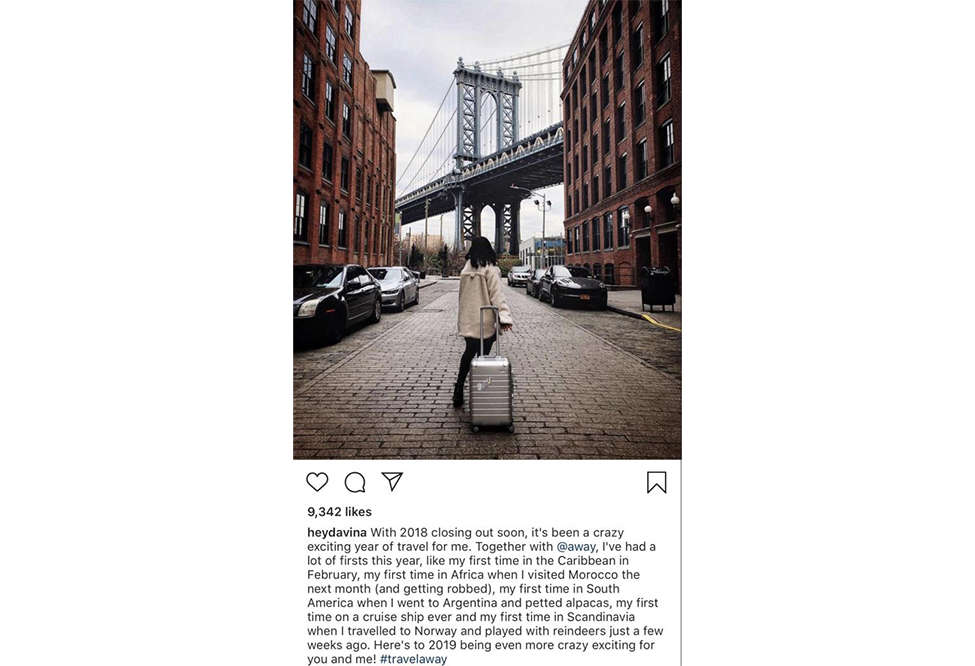
Since they sell luggage and travel accessories, the company only works with digital nomads or travel-oriented influencers. The people they’ve chosen post pictures that are well in tune with the Away Travel brand: picturesque, vibrant, and fun.
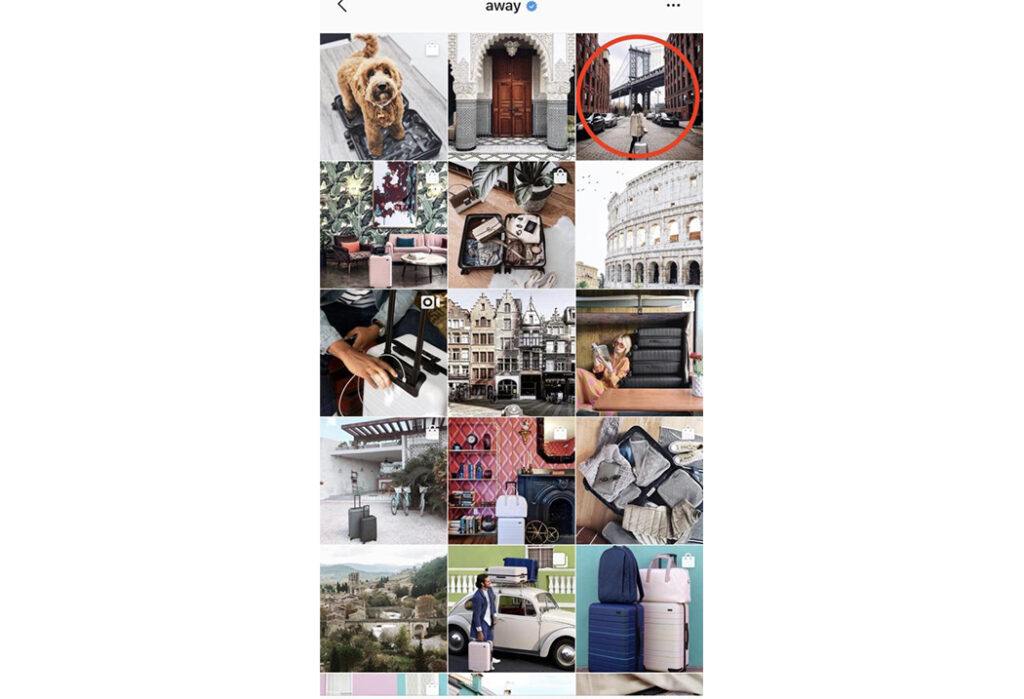
As a result, Away could also use the content on its own Instagram page.
Seek Imagery from Your Customers (User Generated Content)
Your brand will also greatly benefit from user-generated content (UGC).
If you think about it, your most loyal customers are technically your brand ambassadors or walking advertisements. Unlike influencers that have been paid to promote your brand, vocal customers rave about your products without being asked merely because they love them. Instead, these consumers produce content in the form of great reviews, blog posts, vlogs, tweets, and photos because they believe in your brand and want their peers to have the same experience.
UGC plays a big part in driving your sales. So you’re only doing your brand a disservice if you refuse to make it a part of your marketing strategy.
For one, UGC screams authenticity. Unlike professionally-shot marketing photos you commission, customer images are personalized and don’t usually have a smidgen of artifice. People are not setting up photo shoots to take the images. Instead, they typically produce shots in different settings and contexts, like wacky selfies and out-of-town trips.
Using them could do wonders for your brand. According to a survey conducted by leading visual commerce platform, Olapic, ecommerce platforms saw a massive 257% increase in sales conversions when their shoppers interacted with UGC. Additionally, ads with a UGC element resulted in 15% more orders.
Including UGC in your marketing strategy can also help lower your overhead costs. Businesses often spend money on photographers, designers, stylists, and other creative professionals to produce visuals.
User-generated content allows you to stretch your budget since you’ll only be sourcing directly from social media. Of course, it’s your choice to offer your fans a little freebie should you want to use their content, but generally, UGC should be cost-free.
Skincare brand Supergoop integrates UGC in its social media strategy well.
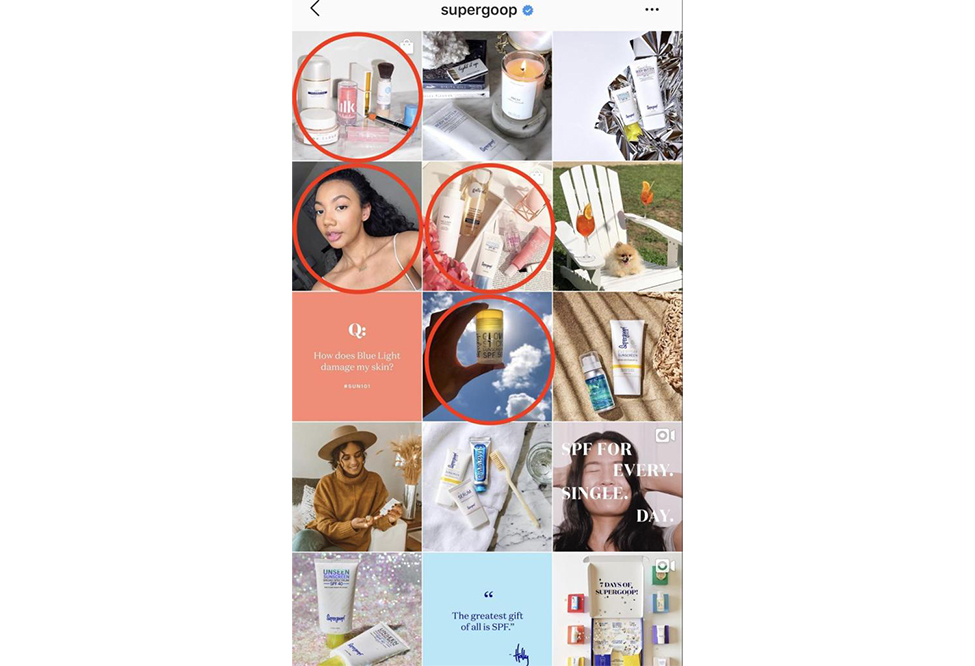
They use the hashtag #butfirstsunscreen to parse through the hundreds and thousands of UGC on social media and pick the ones that fit their style guide best. Using a unique hashtag is a brilliant way to cut through the deluge of content you receive every day. Once you have secured the rights from the owner, you can start using the image on your website, socials, and other marketing paraphernalia.
Another way of collecting UGC is using platforms like Olapic, Crowd Riff, and Pixlee. These marketing tools can help you organize and curate images and suggest ways how to utilize them best.
Ultimately, user-generated content not only helps you in coming across as authentic, but it also builds rapport with your audience. They’ll be more inclined to trust your company as using UGC puts your customers in the front and center. It shows that you care about them, and you’re not just some capitalist that only cares about peddling products to them.
Conclusion
To produce on-brand photos, you must be clear about how you want to present your company to your customers. First, you must decide on a specific image and then develop a style guide centered around it. That way, you’ll be able to solidify your brand and make a lasting impression on your target audience.

